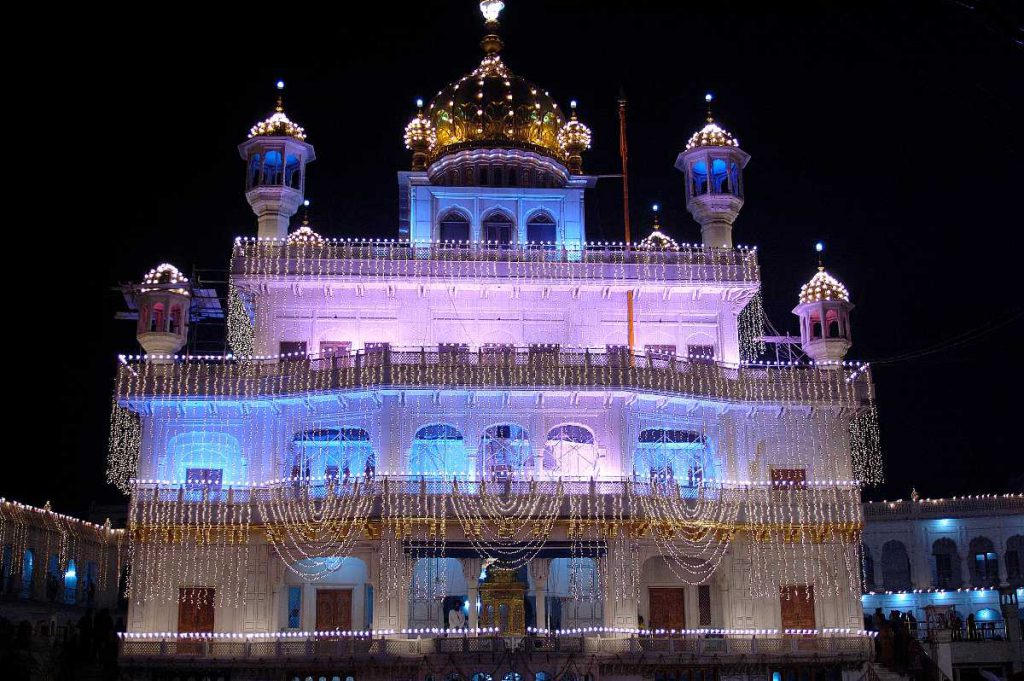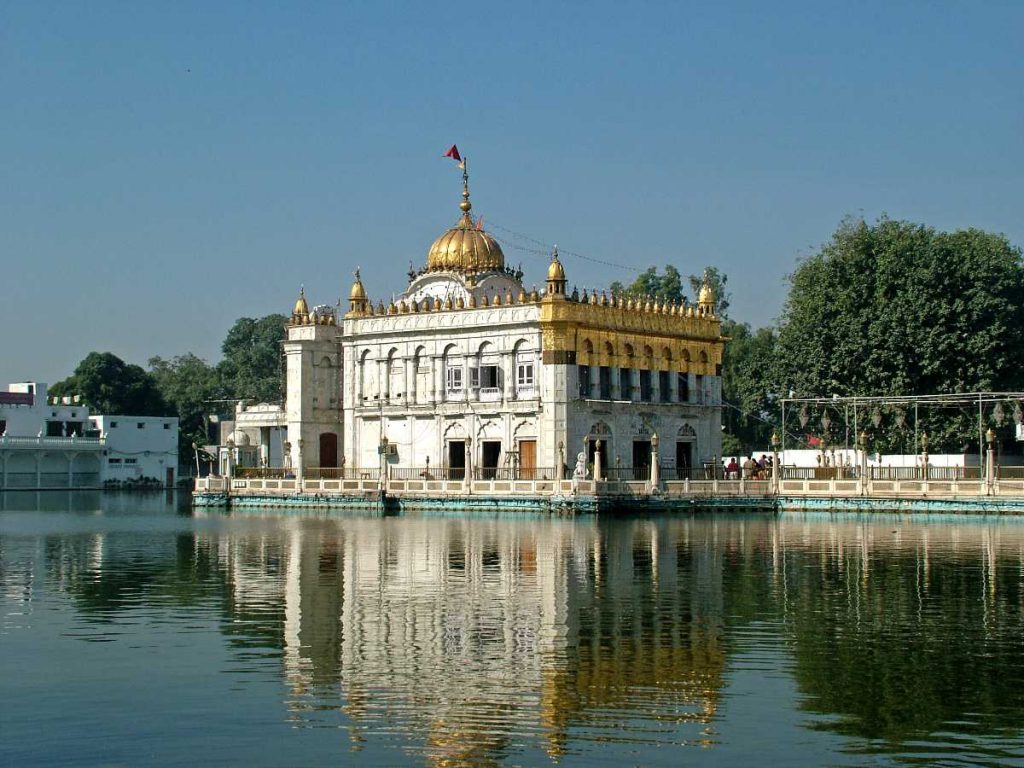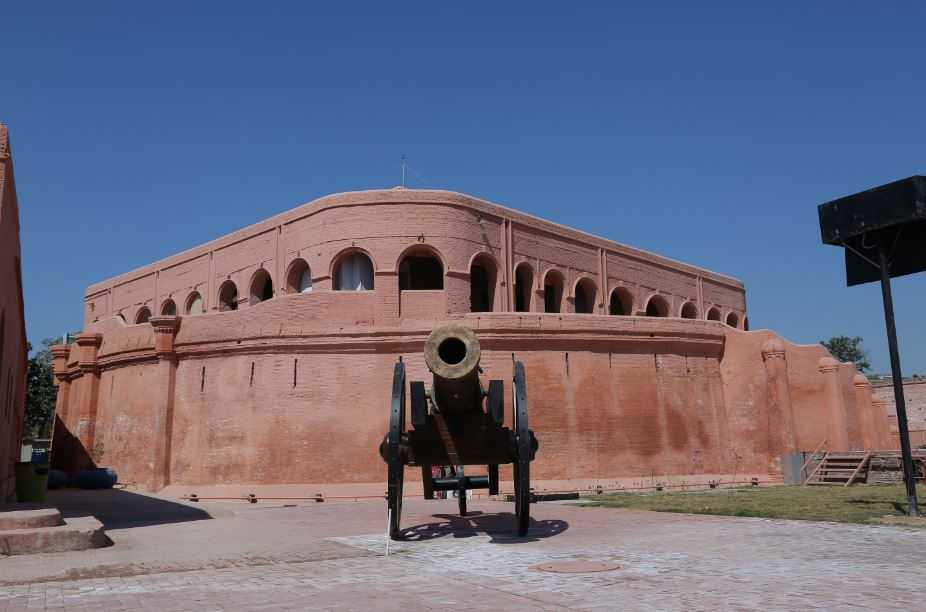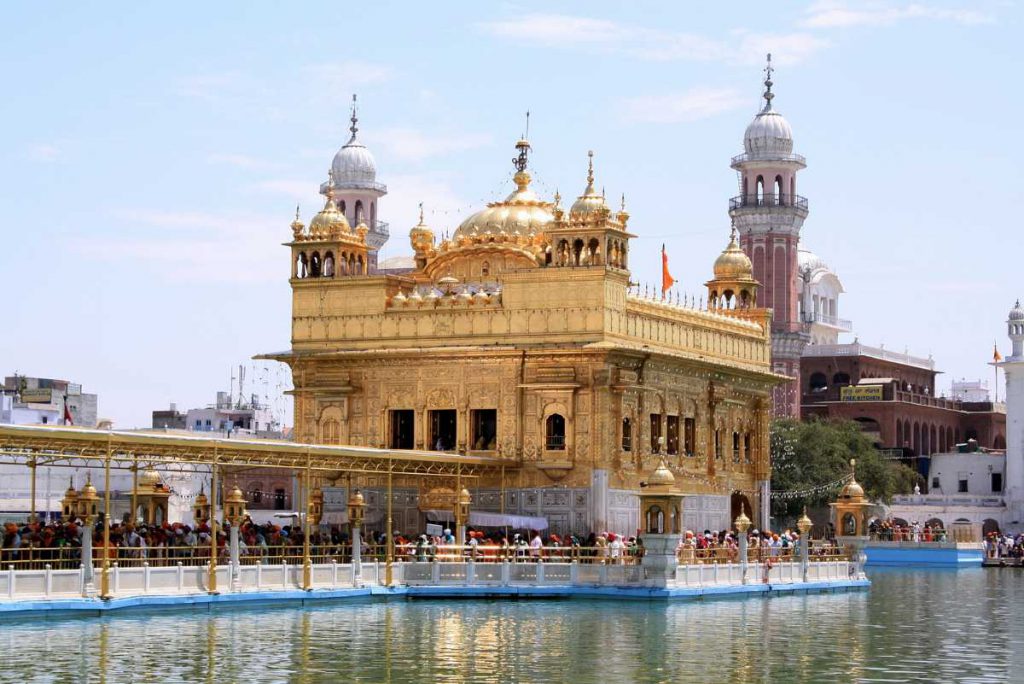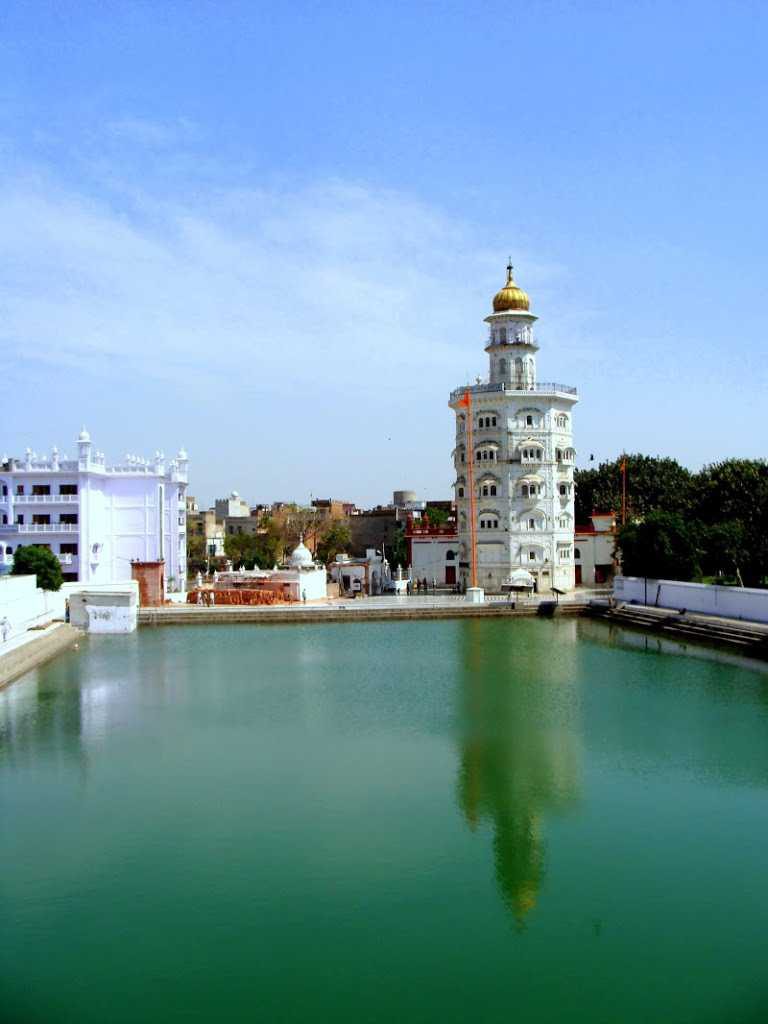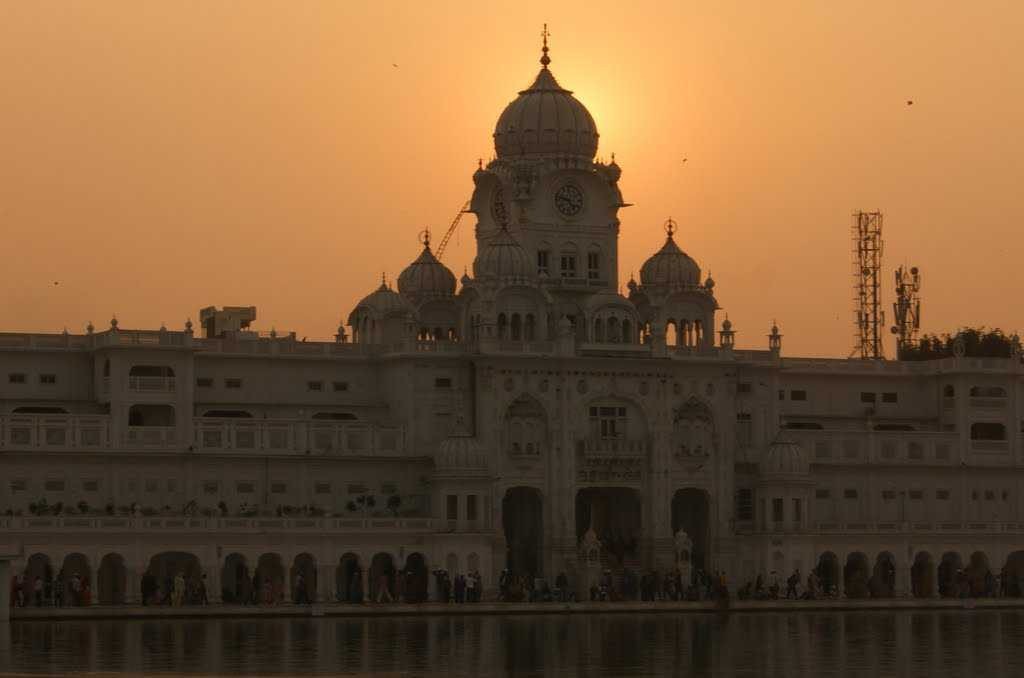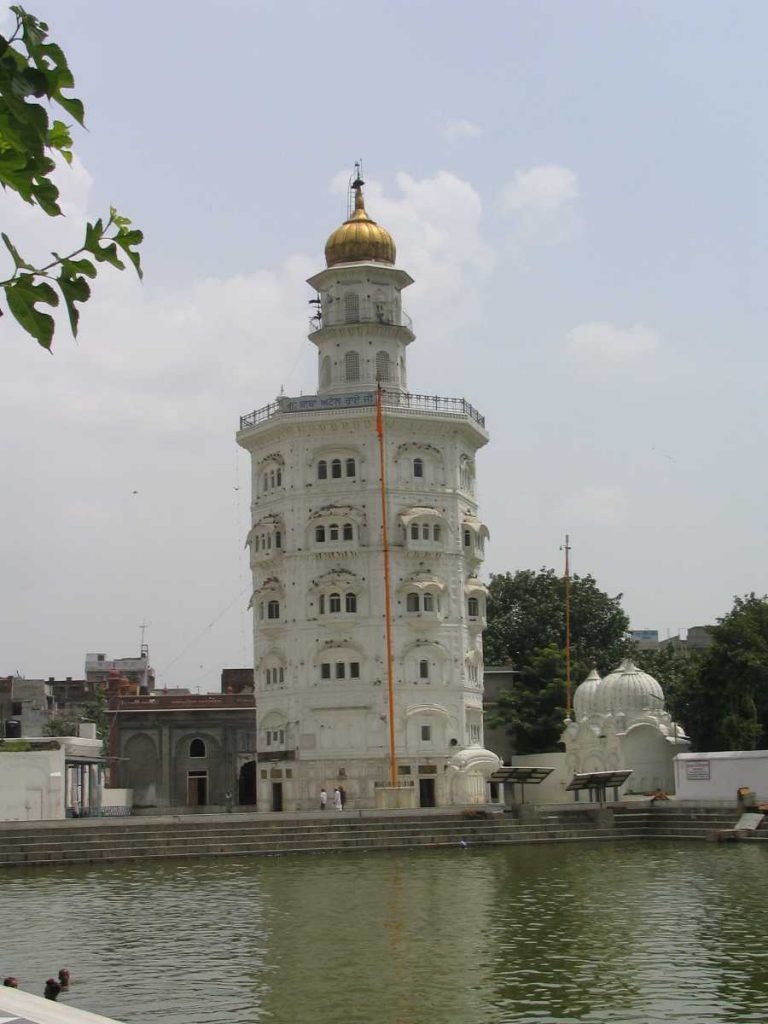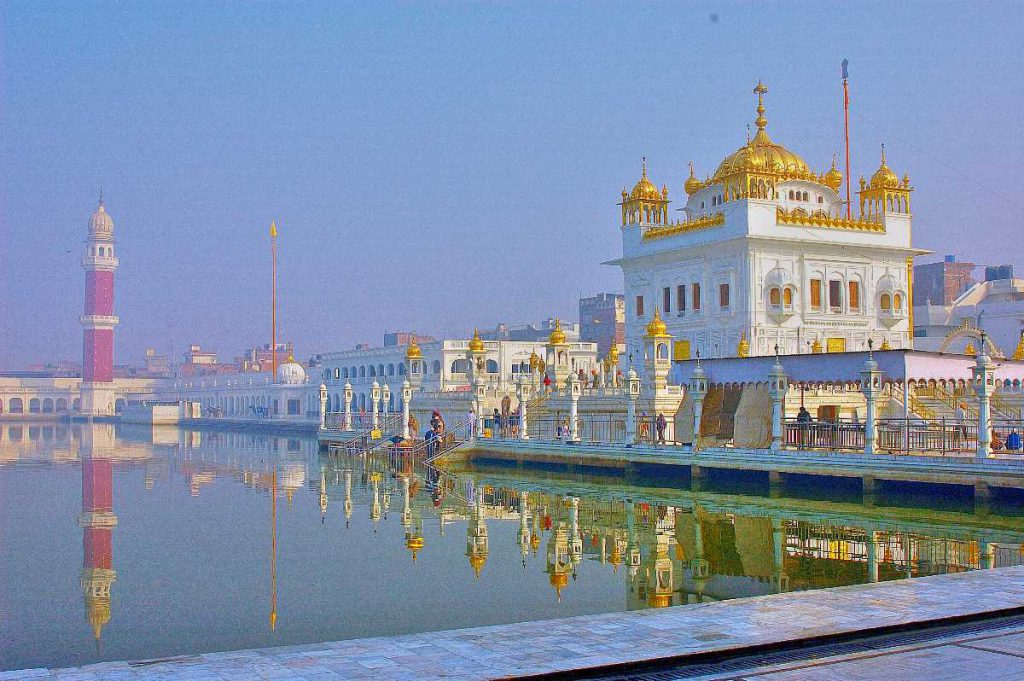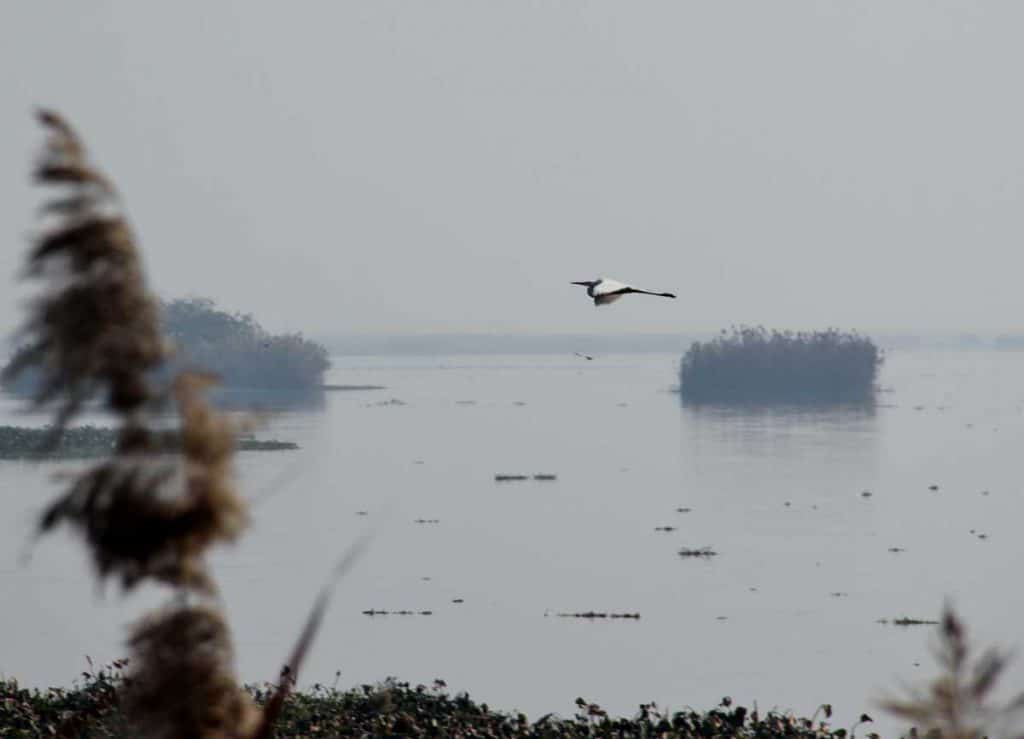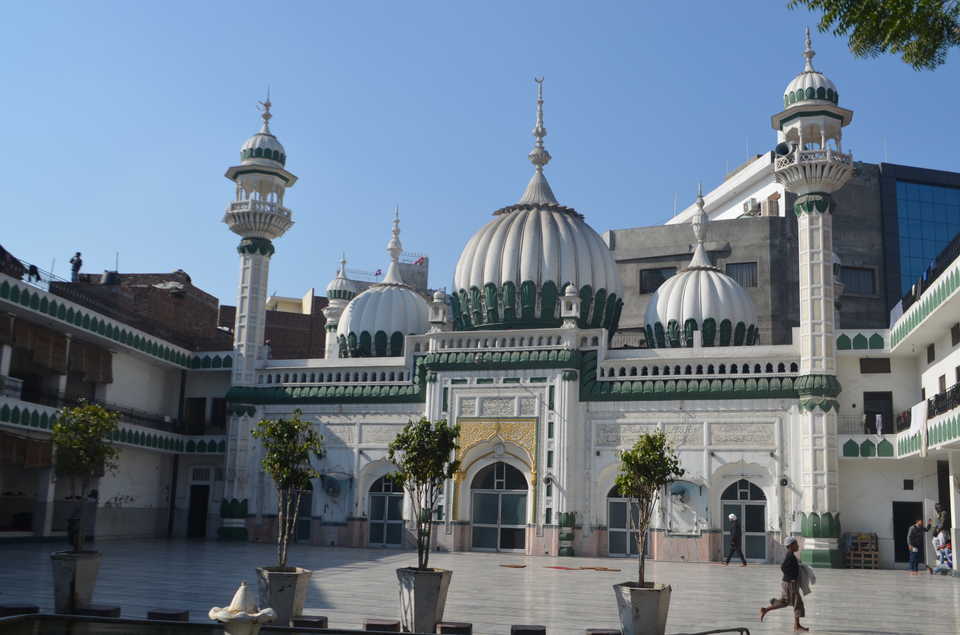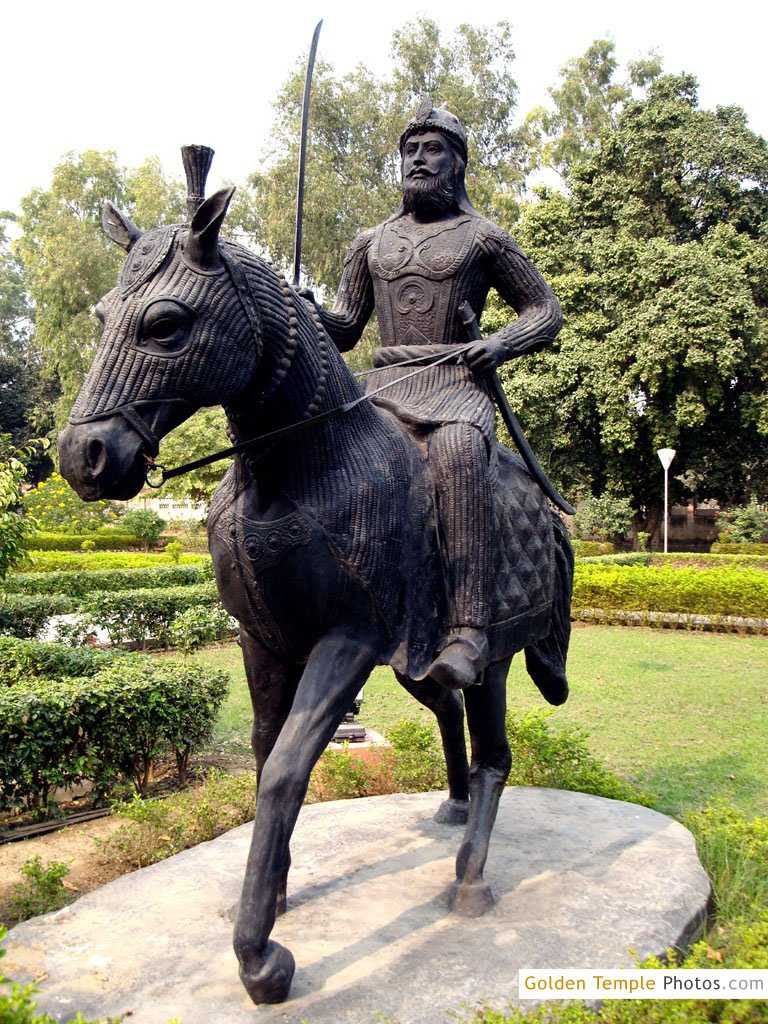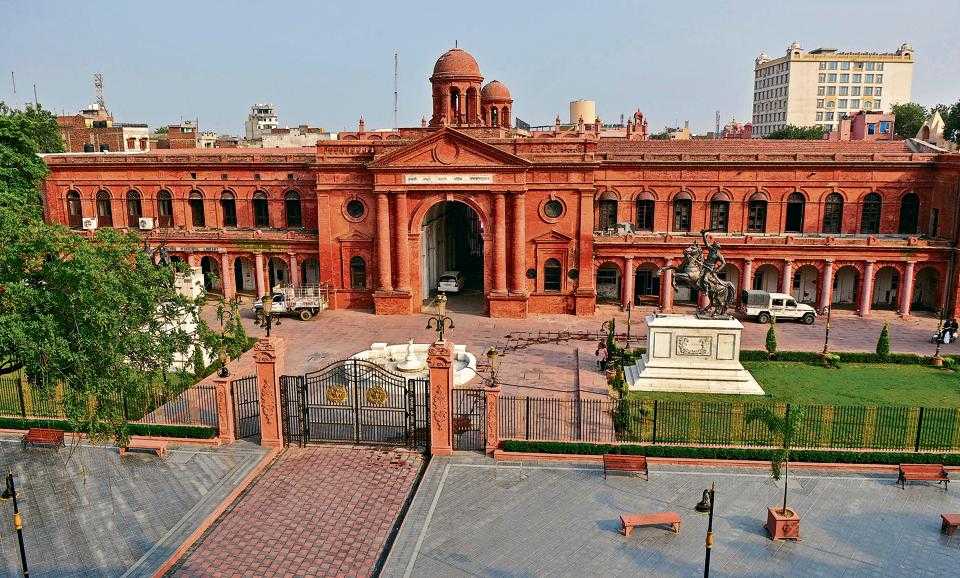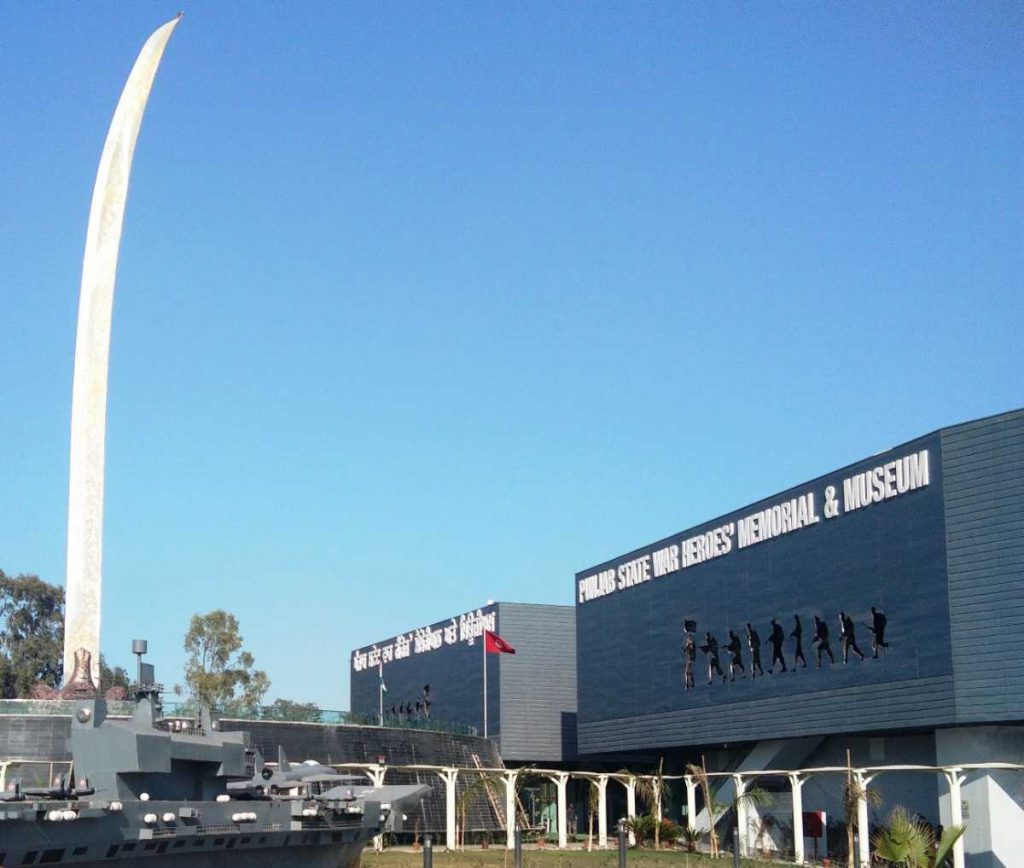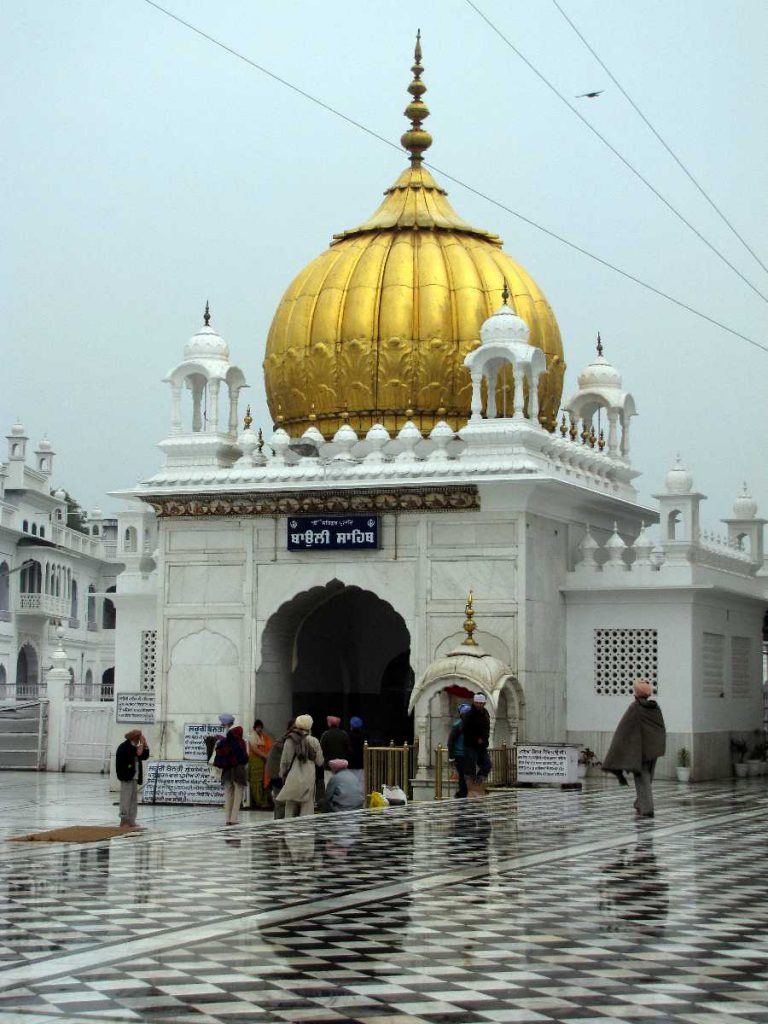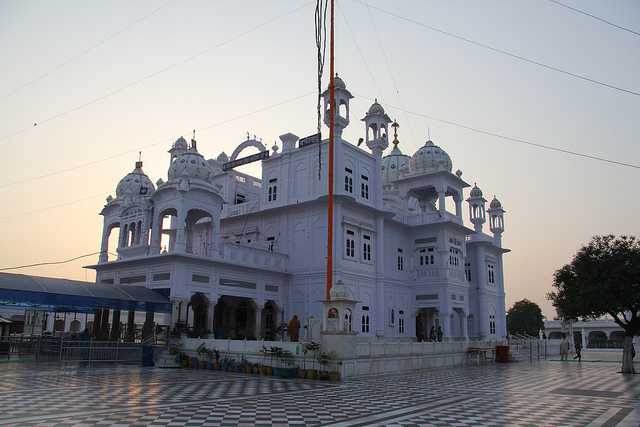Amritsar
Amritsar is a city in the northwestern Indian state of Punjab, 28 kilometers from the border with Pakistan. At the center of its walled old town, the gilded Golden Temple (Harmandir Sahib) is the holiest gurdwara (religious complex) of the Sikh religion. It’s at the end of a causeway, surrounded by the sacred Amrit Sarovar tank (lake), where pilgrims bathe.
Places to visit in Amritsar Sub Heading
- Akal takht Akal Takht (Throne of the Immortal) is the highest political institution of the Sikhs, founded by Guru Hargobind in 1606. Akal Takht is located in the front of the causeway leading to the Golden Temple, Amritsar.
- Bibeksar Sahib Bibeksar Sahib lying on the banks of Bibeksar Sarovar was constructed by Maharaja Renjith Singh. The place is famous as the congregation site of followers of 6th Sikh Guru, Hargobind Singh ji.
- Dukh Bhanjani Ber Tree Dukh Bhanjani Ber Tree which means reliever of pains and afflictions is considered the most sacred tree in Amritsar. This fascinating Tree has an interesting legend, where Bibi Rajani?s leprosy stricken husband was cured completely after taking a dip in the pond near the tree.
- Durgiana temple Durgiana Temple, also known as Lakshmi Narayan Temple, Durga Tirath, Silver Temple and Sitla Mandir, is a Hindu temple bearing a stark resemblance to the Golden Temple.
- Gobindargh Fort Gobindgarh Fort echoes the grand stories of Punjab?s past. Widely known as a symbol of the era when Punjab was forged, it represents a glorious past of 257 years starting with the Bhangi Misl era and ending with the Indian Army
- Golden Temple Also called Sri Harmandir Sahib or Swarna Mandir, the shrine was designed by Guru Arjan Sahib and its foundation laid by Muslim saint Hazrat Mian Mir ji of Lahore on 1st December, 1588.
- Grudwara Mata kaulan Gurudwara Mata Kaulan is located on the edge of Kaulan reservoir, is named after Kaulan, a believer who was severely punished by the patriarchs, yet it failed to dissuade her.
- Guru ke Mahal Housing the Granth Sahib and their gurus, Guru Ke Mahal was founded by Guru Ram Das in 1573 as a little cottage that went on to shelter the great gurus of the Sikhs.
- Gurudwara Baba Atal Rai Gurudwara Baba Atal Rai is a gurudwara dedicated to Baba Atal Rai, son of Guru Har Gobind Singh who passed away at the young age of nine. The 9 storey building was then built in his memory where each storey was symbolic of a year in Atal Rai?s life.
- Gurudwara Chheharta Sahib Gurudwara Chheharta Sahib, named after a well which was dug by Guru Arjan Dev for the birth of his son. Although the well is now covered up, the water is usually pumped into the main tank of the Gurudwara.
- Gurudwara Shri Tarn Taran Sahib Gurudwara Shri Tarn Taran Sahib was built by the fifth Guru of Sikhs - Guru Arjan Dev. It is located 22 kms from Amritsar. Gurudwara Shri Tarn Taran Sahib is a three-storeyed building lotus dome, damaged during the 1905 earthquake.
- Harike Wetland and Bird Sanctuary Harike Wetland & Bird Sanctuary is the largest wetland in North India. This man-made wetland spreads into Tarn Taran Sahib, Ferozepur and Kapurthala in Punjab, making it a famous destination for bird watchers and nature enthusiasts.
- Jallianwalah Bagh Jallianwala Bagh is a place of great historical importance during the Indian struggle for Independence. It is a public garden in Amritsar which houses a memorial of national importance that was established by the government of India in 1951
- Khair ud din Masjid Famous for its architecture, Khair-ud-Din Masjid was established by Mohd. Khairuddin. It was the place from where the great call for waging war against the looting British was announced by Tootie-e-Hind, Shah Attaullah Bukhari.
- Khalsa College Khalsa College is a 124-year-old college, making it a historic educational institution in India. The 300-acre campus has acquired the status of the highest Sikh institute for education with an enriching environment and a progressive outlook towards society.
- Maharaja Ranjit Singh Meuseum Summer palace turned into museum, Maharaja Ranjit Singh Museum is a lovely building which archives the Royal Heritage of Maharaja Ranjit Singh such as arms and armour, outstanding paintings and century old coins and manuscripts
- Mata Lal Devi Temple Mata Lal Devi Temple popularly known as Sheesh Mahal of Amritsar is famous among the Hindu pilgrims for its miraculous powers. The temple is dedicated to the female saint Lal Devi and is considered a miniature dimension of the popular Vaishno Devi temple in Jammu.
- Partition Museum The Partition Museum, the first-ever museum in the entire world to focus on the stories and trauma of the millions who had to suffer from the bloody consequences of a ruthless partition; was recently opened up at Town Hall in Amritsar.
- Pul Kanjari Pul Kanjari, popularly known as Amritsar?s Taj Mahal, is a village based on the vibrant expression of love by Maharaja Ranjit Singh. Constructed for Moran, a Muslim dancer, the town was one the most important trading centres during the 18th century
- Punjab State War Heroes Memorial and Museum Punjab State War Heroes Memorial and Museum showcases the fabulous brave-hearts of Punjab. The Museum immortalizes the bravery of the soldiers of Punjab, displayed throughout the museum with a spirit of patriotism.
- Shiri Ram Tirth Temple Shri Ram Tirth Temple is the birthplace of Luva - Kusha, twins of Rama and Sita in the Ashram of Saint Balmiki. Built in yellow stone the temple dates back to the Ramayana as Sita was given shelter here after being abandoned by Rama. The battle of the Ram?s force and Luv-Kush
- Wagah Border Wagah Border is a road border between India and Pakistan. It is a famous tourist spot nowadays because of the famous beating retreat ceremony that is held every day before sunset. Almost 5000 people visit the border to be a part of this ceremony.
- Goindwal Baoli Goindwal Baoli is a step-well, constructed in the 16th century by Guru Amar Das. The Baoli (open-well) is located on the banks of the River Beas and is an important Sikh centre, and is one of the first Sikh pilgrimage sites.
- Gurudwara Bir Baba Budha Sahib Gurudwara Bir Baba Budha Sahib, also known as Bir Sahib, is where Baba Budha Ji spent most of his life. Baba Buddha who lived for 125 years has blessed five succeeding Gurus.

